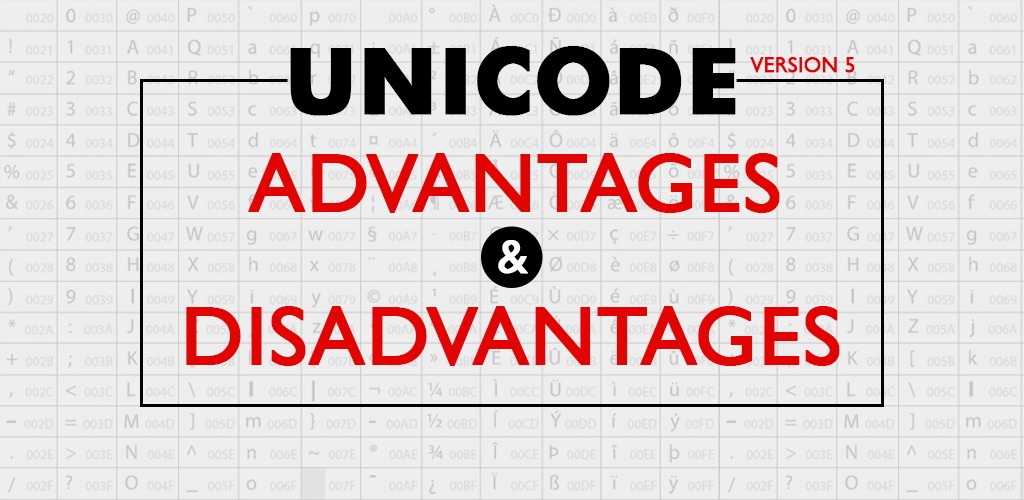The Unicode version 5.0 is also an important version of the Unicode standards. It has significant improvements over the previous versions. It was released in July 2006. It came along with 62 scripts. It overrides over all the versions and covers the complete collection of ISO/IEC 2003, including Amendments 1 and 2. This version of the Unicode standard adds some mathematical symbols, some languages for INDIA, for academic use, and minority scripts. Version 5.0 has made some significant changes to guarantee its stability and clarity. Version 5.0 contains all the changes included in version 4.1. It also has support for syntax pattern format, stable identifiers.
This version of the Unicode standard has improved values and specifications such a sentence segmentation, line, word, conformance requirements on Bidi. The text of this version is rewritten for its clarity and guarantee of the Unicode conformance. Version 5.0 has a total of 99,024 characters out of which 1369 are newly added.
UNICODE 5.1
This Unicode version was published in April 2008. Version 5.1 features over 100,000 characters and have remarkable improvements in text processing. This version of the Unicode standard has a large number of features. One of the features of this version is the increase in security for data exchange. Some other features are identifier specifications for Arabic scripts, improvement in Tamil and other scripts, character addition in south Asian scripts, case pair stability, and many more.
It contains 75 scripts of the world’s writing systems, with 100,648 characters. 1624 new characters are added in this version. It includes characters for Myanmar and Malayalam and other individual characters such as Latin and German. Some of the other symbol sets include punctuation marks, math additions, dominoes, and mahjong. This version of the Unicode standard has been synchronized with the ISO/IEC with amendments 1-4.
UNICODE 5.2
The Unicode version 5.2 was published in October 2009 and added 90 scripts in total, which is a huge improvement. It contains 6648 characters in total and has improved the conformance requirements for documentation. This version of the Unicode standard has brought improved guarantee for the Unicode Standard Annexes.
Seven new scripts have been added to this version. These are newly encoded characters. Other addition includes the historic symbols and use of modern symbols. This version of the Unicode standard is also been synchronized with ISO/IEC with amendments 1 through 6.

Advantages and Disadvantages of Unicode 5.0, 5.1, and 5.2
Following are the advantages and disadvantages of the Unicode version described above:
The disadvantage for Unicode version 5.0 is that it has amendments only from 1 through 3, where 5.1 and 5.2 have 1 through 4 and 6 respectively. This version adds characters that are required only for a few scripts. Version 5.2 has a significant improvement in the number of scripts and characters. Version 5.1 also has an improved clarification and structure. It features a number of advantages. These versions have very few disadvantages. Version 5.2 also has new symbols and scripts.
Read More
